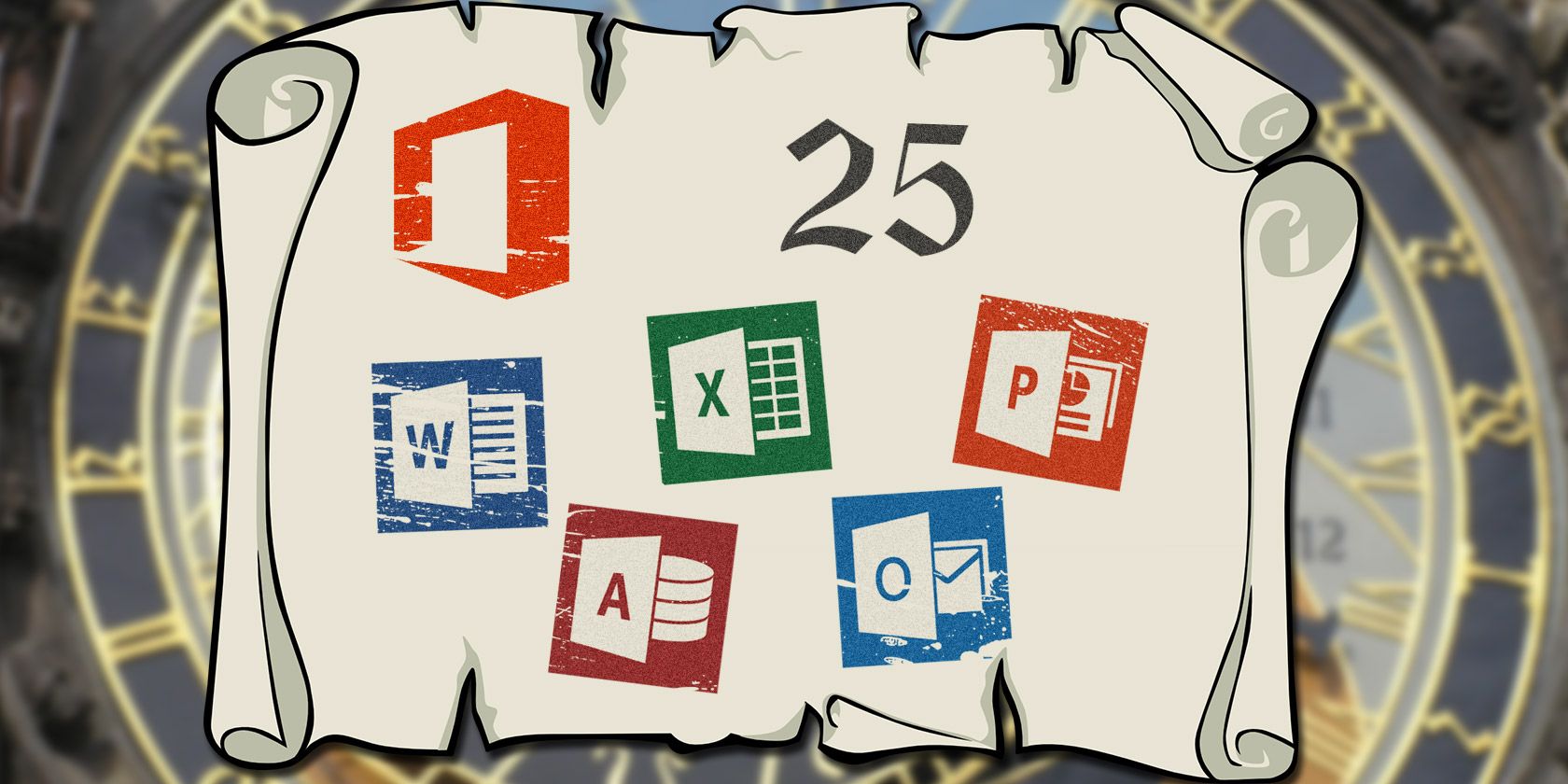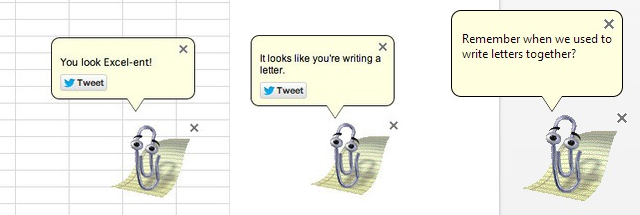Office celebrated its 25th anniversary this August. Instead of a big celebration, it just continued processing data in millions of real offices everywhere. The world has changed since digital presentations, word processing, and spreadsheets became a thing.
Today, a world without these tools is hard to imagine. Do you remember how it all began? Here are 20+ facts from the eventful history of Microsoft Office.
The Beginning
1. Microsoft's first Office application was Excel.
Originally released under the name Multiplan in 1982, Microsoft changed the name to Excel when releasing it for the Macintosh in 1985.
2. There never was an Excel 1.0 for DOS or Windows.
Since Excel was initially launched on the Macintosh, its first release for Windows in 1987 was already version 2.0.
3. For compatibility reasons with Lotus 1-2-3, Microsoft wrongfully set the years 1900, 2100, and 2200 as leap years.
This decision would come back to haunt them in the wake of the year 2000. The issue was corrected for the latter two, but to ensure backward compatibility, it could not be rectified for the year 1900.
4. Excel helped Microsoft become the leading PC software developer.
Lotus Software's 1-2-3, so-called because it handled spreadsheet calculations, database functionality, and graphical charts, was released in 1983. It soon dethroned the original spreadsheet application VisiCalc, released by Apple, to become the standard spreadsheet tool of the 1980s. When Lotus struggled with porting 1-2-3 to Windows, it missed the bus and sales of its office products fell behind those of Microsoft in the early 1990s.
In Excel 4.0, which was released in 1992, an Easter egg shows an Excel logo chasing the numbers 1, 2, and 3, representing Lotus 1-2-3, off the screen.
5. PowerPoint's original name was Presenter.
Initially developed by Forethought, Inc, Presenter for Macintosh had to be renamed due to trademark issues. In 1987 it became PowerPoint and shortly after Microsoft bought the product for USD 14 million.
6. Microsoft's first Microsoft Mail product became available for AppleTalk Networks in 1988.
It was originally based on InterMail and re-appeared on the market as Quarterdeck Mail and Star Nine Mail after Microsoft had sold it.
The Office Suite Is Born
7. The first Office package debuted on Mac OS on August 1st, 1989.
Prior to being bundled up in an Office suite, the various applications were available individually. The original Office package included Word 4.0, Excel 2.2, PowerPoint 2.01, and Mail 1.37.
8. Microsoft Office for Windows followed in October 1990.
It came packed with Word 1.1, Excel 2.0, and PowerPoint 2.0.
9. An email program was first included in Microsoft Office 3.0.
After dumping its first email application for Mac, Microsoft made a second attempt and developed Microsoft Mail for Windows. It was based on Network Courier. First released in 1991, it would later be replaced by Outlook.
10. The professional edition of Office 3.0, which was later called Office 92, saw the first iteration of Access.
The popular database software, grew from several other projects. Between acquiring the license to sell R:Base in the mid-1980s and starting to develop their own solutions, codenamed Omega and Cirrus, it took Microsoft half a decade to finally release Access in 1992.
11. Access was never released for the Mac.
12. Word's AutoCorrect and AutoFormat first appeared in version 6.0, released in 1993.
13. Word 6.0 was the last version for MS-DOS.
Office Goes Mainstream
14. With the release of Microsoft Office 95, all components of the Office suite received the version number 7.0.
Except for Word, all applications in the bundle skipped version numbers. With this version, Office also switched to 32-bit.
15. Microsoft's Office team worked with Timex to release the first smartwatch in 1994.
The Timex Datalink was developed as a wearable alternative to mainstream PDAs. It could download phone numbers from a computer. Data were transmitted using light emitted by the computer's CRT monitor. This method worked with Schedule Plus, a time management software available with Microsoft Office on Windows 95 and 98.
16. Clipit, the notorious Office assistant, first annoyed users in Office 97, released in 1996.
Users could actually choose from a number of assistants, including The Genius, a caricature of Albert Einstein. The Genius was removed in Office XP. Office assistants were retired after Office 2003 for Windows and Office for Mac 2004, although Clippy made a brief return on Office Online for April Fool's day this year.
It's rumored that a Clippy-like feature may return to Microsoft Office in 2015.
Troubled Times
17. The Melissa virus, which made its rounds in 1999, got its name from a Miami stripper.
The relatively harmless macro virus caused a damage of 80 Million US Dollars. The virus spread as an email attachment and, when opened in Word 97 or Word 2000, re-sent itself to the first 50 contacts on Microsoft Outlook. It didn't destroy any files, but as more and more accounts got infected, mail servers were brought down. Dale L. Smith, the creator of the virus, was sentenced to 10 years in prison; he served 20 months and paid a fine of USD 5,000.
Here is that document you asked for...don't show anyone else ;-)
Source: SearchSecurity
18. When they became aware of the Y2K problem, Microsoft made Microsoft Word 5.5 available for free.
Office Enters Modern Times
19. In 2001 Microsoft introduced Cloud-based collaboration with the release of SharePoint Portal Server 2001.
The feature gets integrated into Office 2003.
20. OneNote joined the Office suite in 2003.
Along with it came InfoPath, discontinued in 2013, and Microsoft Picture Manager, discontinued in 2011. Meanwhile, OneNote has become a popular notetaking application. Since 2014 OneNote is available for free across platforms.
http://youtu.be/nDWhKx2n_Zs
The Present
With that, we have reached the modern era of the Office suite. Although Office has many competitors, it remains the uncontended desktop office suite on the market. And with its Cloud based offerings, it's also fit for the future.
What are your favorite memories of or with Microsoft Office? Which new features do you love and which ones do you miss.


